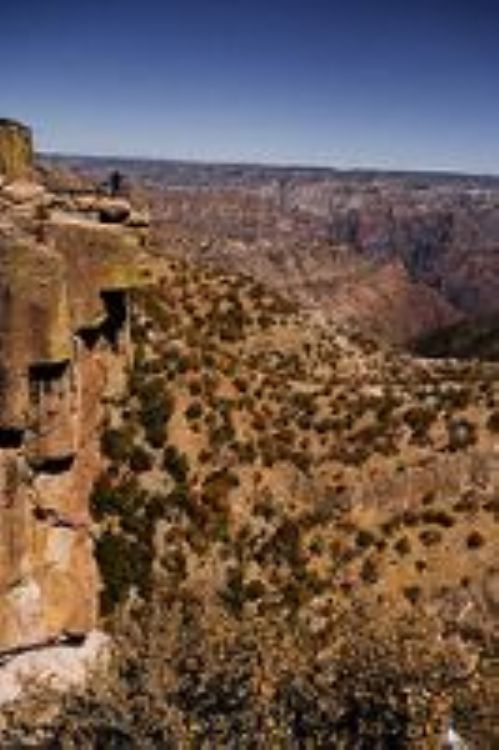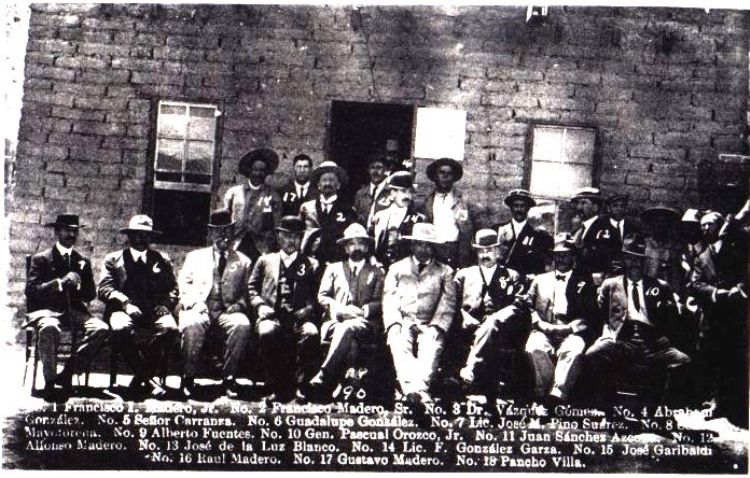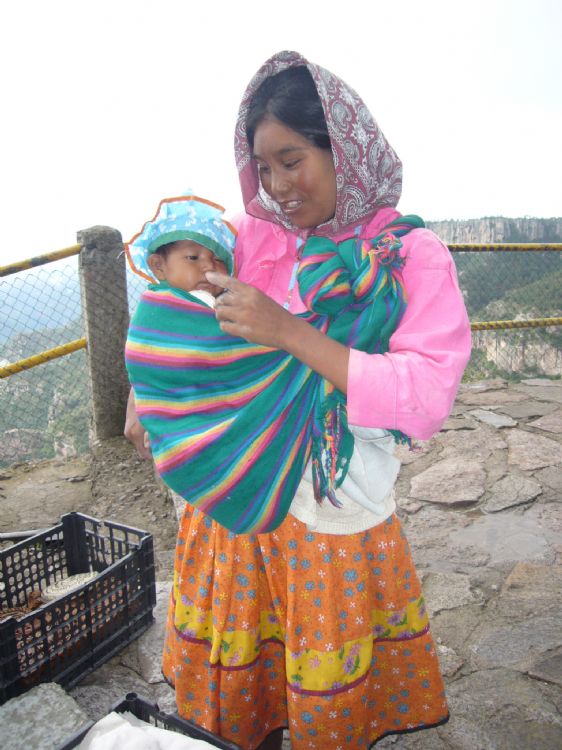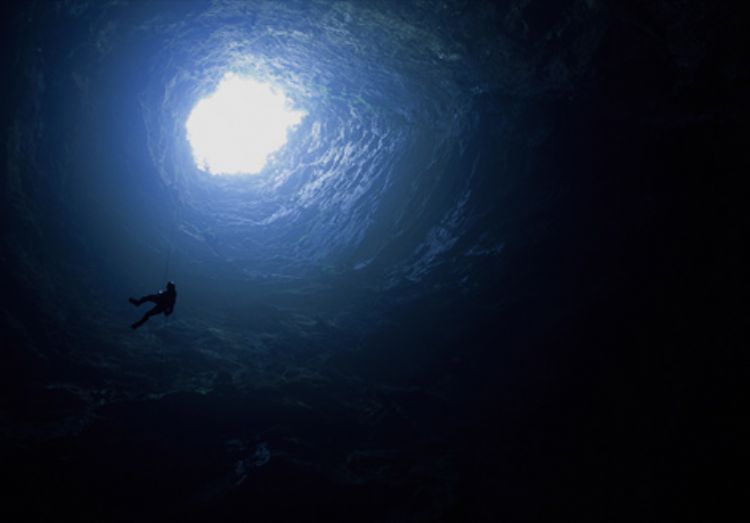Mexico's Copper Canyon (Cañon del Cobre)

The Barrancas del Cobre (Copper Canyons) are currently considered one of Mexicoâs wonders. It belongs to the Sierra Madre Occidental mountain range in the State of Chihuahua. It is a set of 20 canyons of great depth. They are difficult to access and can only be appreciated on the Train Chihuahua â Pacific arriving from Los Mochis. However, the trip is worthy because it is one of the most beautiful, where you can observe the passing of many geological eras; the placeâs structure is predominantly volcanic, close to 30 million years old since its formation, specially due to the accumulation of volcanic waste like lava and ashes that ultimately originated the great elevations.
It is believed to be the most impressive canyon for its depth, close to 6000 feet high, with an area of approximately 30 miles. Its flora is mostly wood trees like pine, oak, tascate and edibles like fig and citrus trees.
Because of its height, climate and rocky formation, vegetable species like cactuses survive in it, since water accumulation is vital for enduring its warm weather. These rocky structures protect birds like eagles and woodpeckers, as well as very beautiful felines like jaguars, pumas and species like the raccoon, wild boar, fox and important reptile varieties.
The site shares diverse microclimates, the bottom of the canyon has warm temperatures and the surface is warmer, both exposed to an intense cold in the winter. A great part of the rain gathered on the bottom of the canyon, which evaporates, also causes the warm climate in its depths.
It is a site of special interest for activities like photographing, mountaineering, horseback riding, walking and rappelling, although it is recommended to be guided by an expert, since ignoring its extension and animal and vegetable species can be dangerous for visitors when not taking the necessary precautions.
Also, the Sierra Madre Occidental is also a place where indigenous cultures and the urban world that visits them converge. Despite its often inhospitable climate, it has legendarily hosted Tarahumara natives, particularly the Rarámuri, who have adapted to its adverse climate and conditions.
Click on the PLAY Button to watch the Video.
Artículo Producido por el Equipo Editorial Explorando México.
Copyright Explorando México, Todos los Derechos Reservados.






